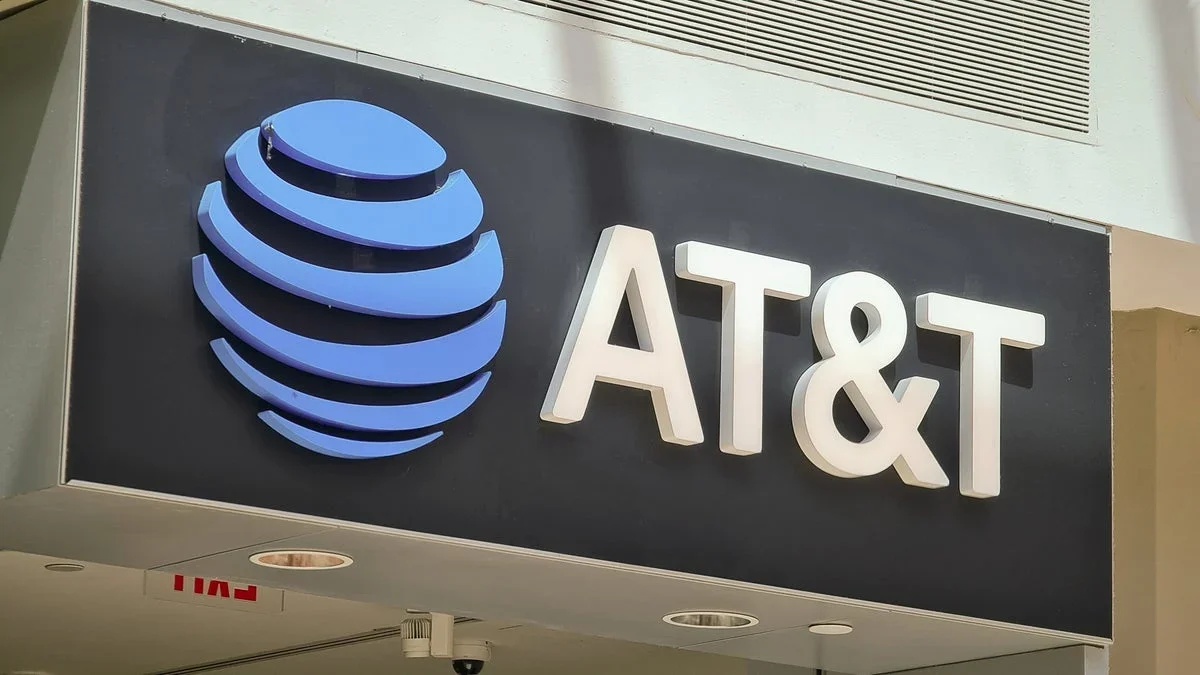Copyright Inc. Magazine

There’s been much debate on how artificial intelligence (AI) tools will change the way people work, and that it will take jobs away from humans. Indeed, mass layoffs have abounded in recent years, while entry-level jobs seem to have disappeared. But a new report argues the merits of a third option: upskilling, reskilling, and otherwise training current employees on new roles—positions that might not exist yet, but will be vital to helping businesses remain resilient in the face of rapid change. Those are the broad conclusions of the just released Talent Resilience Index (TRI) by labor market analytics company Lightcast, and Guild — which matches customer enterprises with education, upskilling, and retraining programs for their workforces. That effort allows businesses to retain employees by enabling them to perform new tasks created by ongoing change. In doing so, those businesses can shore up against an uncertain future, and prepare to capture trillions in extra revenue. “More than $280 billion has already been committed to semiconductor manufacturing, with hundreds of billions more flowing into infrastructure, supply chains, clean energy, AI, and advanced nuclear,” said Guild CEO Bijal Shah in emailed comments to Inc. “These are once-in-a-generation investments, but their success depends on whether the workforce can keep up.” Reskilling is key to keeping up, says Shah, arguing that increased workforce mobility translates to enhanced company performance and growth: “By moving employees into higher-impact roles, they unlock productivity, loyalty, and innovation.” Featured Video An Inc.com Featured Presentation Higher sales and retention According to Guild’s TRI, upskilling and reskilling has the potential to generate $8.5 trillion in extra revenue generated by 2030. That revenue would otherwise be lost if companies pursue their current habits of filling talent needs through external hires, where they’d pay an average 28 percent salary premium to lure outside recruits. By reskilling current employees instead, companies increase their internal mobility capacities, slash recruitment and onboarding costs, and allow their more valuable retrained workers to receive an average 15 percent boost in annual earnings. In other words, the training pays for itself. “Organizations that fill 60 percent or more of roles internally achieve four times higher sales per employee than those that don’t,” the TRI notes. There are other advantages to upskilling current staff, too. Employees whose retraining allows them to move upward to new positions within the same company also stick with their companies 60 percent to 65 percent more than external hires. But in addition to internal talent mobility and resilience delivering enormous advantages to individual businesses, they’re increasingly becoming essential to thriving economies, too. Indeed, the TRI calls workforce mobility “an economy within an economy: a hidden engine of bottom-up growth that rivals entire sectors in its economic contribution.” According to Guild, workforce mobility alone generated an average of $221 billion in additional annual earnings between 2016 and 2024 — equivalent to 1 percent of U.S. GDP. That additional wealth creation peaked at $255 billion in 2023. Those gains also explain why countries like Singapore, India, Saudi Arabia, and others are investing billions into programs retraining and upskilling employees, and enabling them to answer the new needs their employers face amid rapid change. But those investments in mobility abroad come at the very moment the TRI shows resilience in the U.S. slumping. Its recent reading of workforce mobility dropped to its lowest level since 2016, amid a shrinking national workforce, economic uncertainties, and increasing demand for AI skills by employers. Those forces have resulted in one out of three core jobs skills changing in the U.S. within the last three years—a mutation that rose as high as 75 percent in some professions. Reversing U.S. mobility slump How do U.S. companies reverse that slide? Shah thinks it will “likely come from a public-private model, where businesses lead the charge in building workforce mobility systems and government clears the roadblocks” for advancing those faster. “That means aligning education incentives, expanding credential portability, and treating workforce development like critical infrastructure,” she says. “Companies cannot solve the skills gap alone, but government policy alone also will not keep pace with technology, it is the intersection of the two that unlocks lasting resilience.” In drawing conclusions from the TRI’s results, Guild urges businesses to reformat their HR strategies to make mobility potentials a key focus in recruiting, along with continual upskilling of employees so they can step into new roles meeting emerging demands. As part of that, Guild says key performance indicators, job definitions, and promotion decisions should focus on employee resilience as a key criterion. The same holds true for setting salaries, with Guild using AI literacy as an example of why that makes good business sense. “Roles requiring AI skills command salaries 28 percent higher — an $18,000 premium on average,” the TRI says of current trends to recruit externally for those. “For employers, this creates a stark choice: pay unsustainable premiums for AI-ready talent that barely exists, or build it internally. The math favors building, but execution requires a resilience strategy.” In short: the payoff of building resilience usually dwarfs the investment. Take Guild customer OSF HealthCare, which made essential changes to the way it upskilled employees, and placed those at the heart of its HR strategy. The result was a 3-to-1 return on every dollar it invested; 60 percent less contract labor use in the first year alone; and an 89 percent retention rate, versus 54 percent in the wider healthcare sector. Similarly, Salesforce launched its Career Connect bootcamp to help less qualified employees harness emerging AI and other generative tech, and use those to attain new skills in jobs the company needs to fill. The response was a 75 percent employee adoption rate, allowing Salesforce to fill 50 percent of its new positions internally. That strategy, according to the TRI report also allowed Salesforce to retain workers and the talents they were initially hired for, while repositioning those into forward-facing jobs generating even greater value for the company. That’s precisely the resilience goal Guild urges all companies to aim for. “When companies enable workers to move from underutilized roles into in-demand positions, productivity rises, wages grow, and business performance accelerates,” Shah said. “But today’s reality is that talent is constrained, access is uneven, and time is short. If we do not act intentionally to skill, reskill, and mobilize the workforce we already have, we will fall short on innovation, competitiveness, and shared prosperity.” The good news, she adds, is that workers are ready, but need “a system built for the speed of today that invests in human adaptability, not just technological advancement.”



